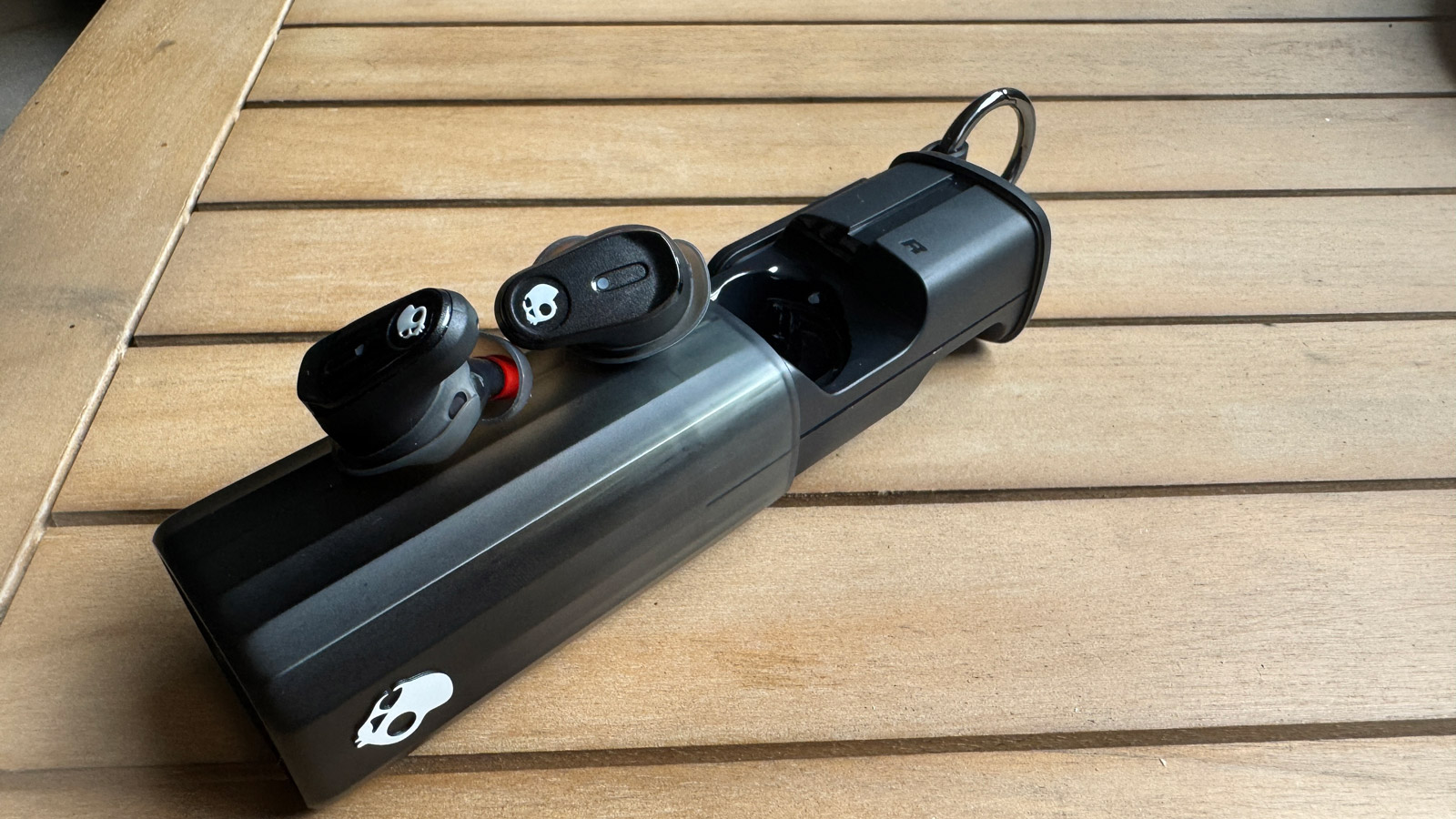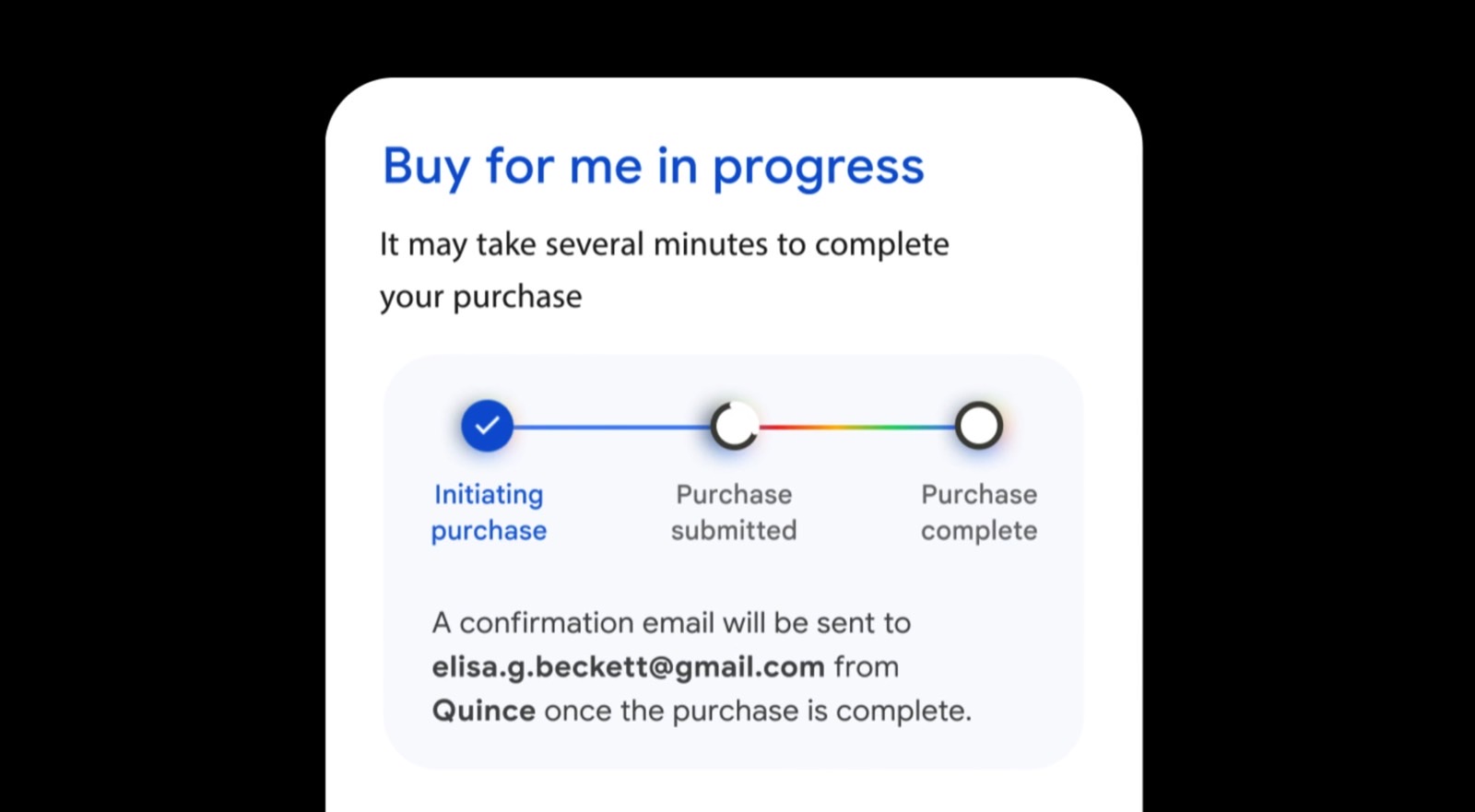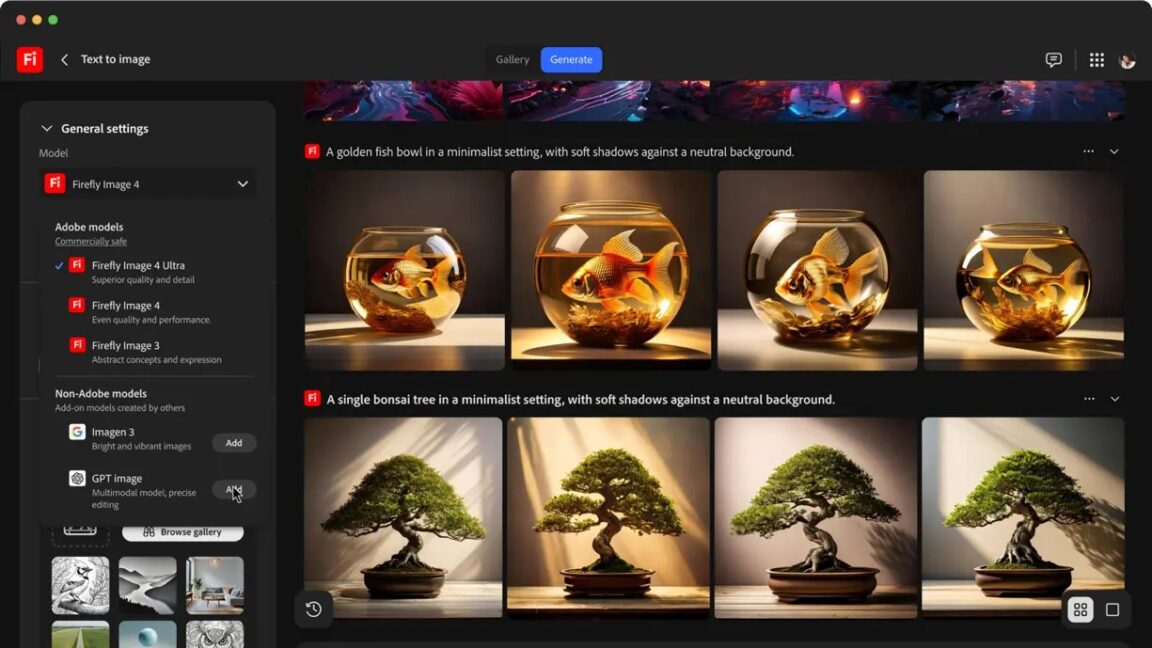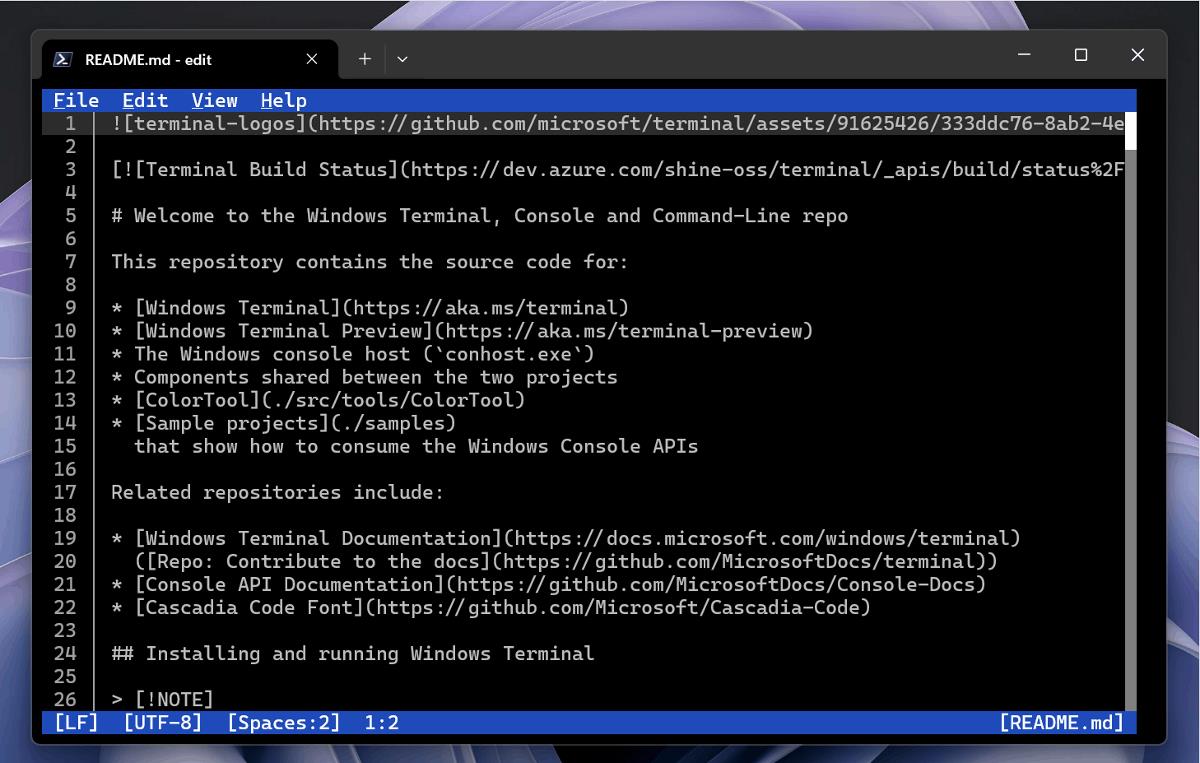7 proven tips to learn Japanese faster—no apps required
Unlock 7 proven Japanese learning secrets that never fail. From immersion tricks to memory hacks, discover methods that truly work for learners.


Let’s face it—Japanese can feel like a language that belongs in a different world. Three scripts (Hiragana, Katakana, Kanji), thousands of characters, unfamiliar grammar rules, and an entire culture embedded in how the language is spoken. It’s no wonder so many learners give up before they even make it past the basics.
But here’s the truth: Japanese is absolutely learnable—if you use the right methods.
Textbooks can help, sure. So can language apps and YouTube videos. But what if you’re looking for more than the standard advice—the ones seasoned learners and fluent speakers swear by?
This article reveals 7 techniques for learning the Japanese language that go beyond flashcards and grammar drills. These are the tried-and-tested methods that immerse you deeper, help you retain more, and make Japanese feel less like memorising and more like living.
7 tricks for learning Japanese faster
1. Shadowing: Imitate before you understand
What it is: Shadowing is the practice of repeating Japanese audio in real-time, even if you don’t understand every word.
Why it works: This technique trains your ears, mouth, and brain to sync. You start absorbing intonation, rhythm, and native pronunciation before consciously analysing them.
How to do it:
- Choose short audio clips (anime, podcasts, or audiobooks).
- Play a sentence and repeat it immediately—no pausing.
- Focus on mimicking tone, pitch, and pacing.
Bonus Tip: Start with NHK News Easy or beginner-friendly anime like Shirokuma Cafe.
2. Use the “Kanji Story” method
What it is: Instead of brute-memorising Kanji, associate each character with a mini story or image.
Why it works: Our brains are wired to remember narratives and visuals—not abstract symbols. Mnemonics give Kanji context.
Example: The Kanji for “tree” (木) looks like a tree. The Kanji for “forest” (森) is just three trees together. Imagine walking through three trees to enter a forest—simple and memorable.
Tools to try:
- WaniKani
- Remembering the Kanji
3. Immerse without leaving home
What it is: Language immersion doesn’t require a plane ticket to Tokyo. It’s about creating a Japanese-rich environment right where you are.
How to do it:
- Change your phone and social media to Japanese.
- Follow Japanese creators on Instagram, TikTok, or YouTube.
- Watch anime or J-dramas with Japanese subtitles (not English).
- Listen to Japanese music and read lyrics side-by-side.
Why it works: You absorb grammar patterns, vocabulary, and cultural nuance naturally over time—just like kids learning their first language.
4. Learn in sentence chunks, not isolated words
What it is: Don’t just memorise the word “taberu” (to eat). Learn the whole phrase:
「ご飯を食べます」(Gohan o tabemasu) — I eat rice.
Why it works: Sentences provide context, structure, and grammar usage. You start internalising patterns and how words function in real communication.
Try this: Use Anki or flashcards that show entire sentences, not just vocabulary.
5. Speak from day one — even if you’re wrong
What it is: Start speaking Japanese aloud—even if it's broken, slow, or incorrect.
Why it works: Waiting until you're “ready” keeps you stuck in passive learning. Speaking builds confidence and muscle memory. Mistakes are part of the process.
Practice options:
- Use language exchange apps like HelloTalk or Tandem.
- Speak to yourself out loud: narrate your day, name objects, or ask yourself questions in Japanese.
- Record and listen to your voice—awkward at first, but incredibly helpful.
6. Learn what you actually want to say
What it is: Tailor your Japanese learning to your real life and interests.
Why it works: You’re more likely to remember phrases you use often. If you’re into cooking, learn how to say “I need soy sauce” or “I burned the tofu!”
This makes Japanese instantly more relevant.
Start with:
- Journaling in Japanese (even just 1–2 sentences a day)
- Creating personal phrasebooks for topics you care about
7. Consistency beats intensity
What it is: Spending 15 minutes a day learning Japanese consistently is better than cramming for 2 hours once a week.
Why it works: Language retention relies on spaced repetition and frequent exposure. It’s not how much you learn—it’s how often.
Tips to stay consistent:
- Set a streak goal with apps like Duolingo or Bunpo.
- Pair study time with a habit (e.g., after morning coffee).
- Use the “Don’t Break the Chain” calendar method.
Final thoughts: Language isn’t just learned—it’s lived
Japanese isn’t just a set of grammar rules and vocabulary lists. It’s a living, breathing culture—and your learning experience should reflect that.
These 7 secrets aren’t about shortcuts. They’re about smart, intentional learning that respects how the brain works and how people naturally acquire language. You don’t need perfect grammar or thousands of words to start using Japanese. You need curiosity, patience, and the willingness to keep going.
So speak out loud. Watch with subtitles. Laugh at your own mistakes. And above all—don’t wait for fluency to start living in the language.
Because if there’s one ultimate secret to learning Japanese—it’s loving the journey, not just the destination













































































































































































![[The AI Show Episode 148]: Microsoft’s Quiet AI Layoffs, US Copyright Office’s Bombshell AI Guidance, 2025 State of Marketing AI Report, and OpenAI Codex](https://www.marketingaiinstitute.com/hubfs/ep%20148%20cover%20%281%29.png)


![[The AI Show Episode 146]: Rise of “AI-First” Companies, AI Job Disruption, GPT-4o Update Gets Rolled Back, How Big Consulting Firms Use AI, and Meta AI App](https://www.marketingaiinstitute.com/hubfs/ep%20146%20cover.png)














































































































































































































































.jpg?#)

























_Prostock-studio_Alamy.jpg?width=1280&auto=webp&quality=80&disable=upscale#)























































































































































































